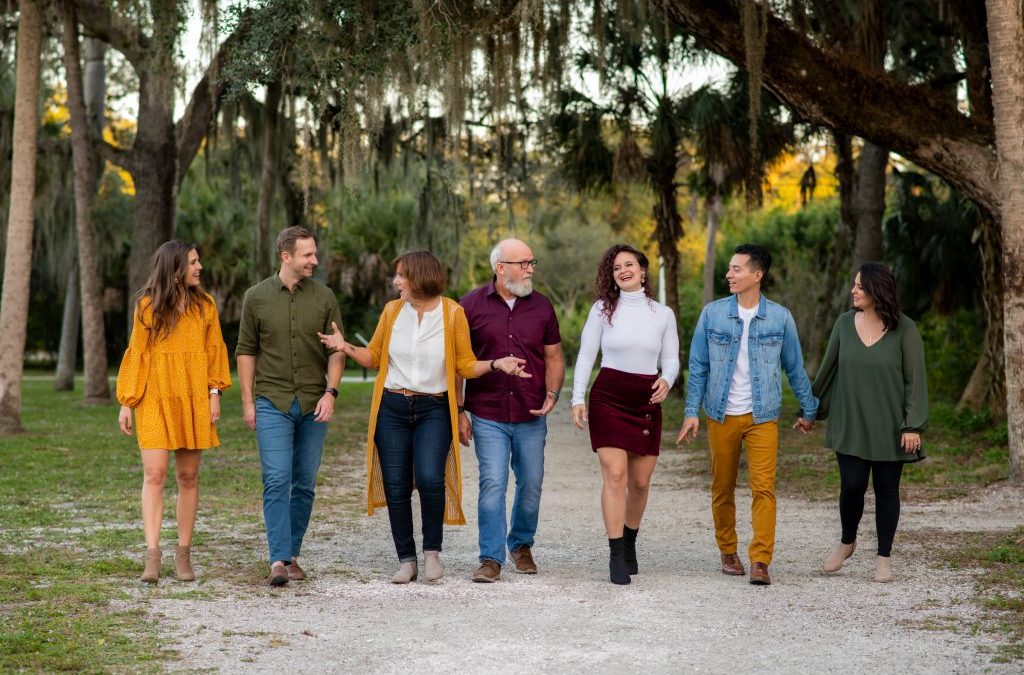You may have just gathered with family or friends for Thanksgiving. How did it go? I hope that the holiday brought good food and some joyful moments. I also understand that gathering with family or friends could be challenging. You are not alone if you’re walking away from the holiday feeling:
-
Triggered
-
Angry
-
Sad
-
Tired
-
Wound-up
In those moments around the table when things were said (or not said) and feelings may have been stirred up, how did you respond? Perhaps you didn’t want to make a big deal of it in front of family, so you kept it to yourself. Maybe it was too much to keep in and your reaction was loud or aggressive. Could there have been a comment passed under your breath, or a glaring eye darted across the table?

How we communicate can impact the mood, behavior, and Well-being of Ourselves and Others.
Consider reflecting for a moment:
-
How have you felt when you’ve kept things to yourself or used a passive communication style? This type of communication could breed feelings of resentment or anger over time.
-
How have you felt when you’ve ‘exploded’ or used an aggressive communication style? This type of communication could cause us to feel guilty later, or cause others to turn away from us when we need them.
We may turn to these types of communication out of habit or because we are unsure how to better respond in certain situations. But how we verbally and non-verbally communicate can make an impact and may contribute to pain for ourselves or others. As an alternative to sometimes ineffective or hurtful ways of communicating (defensiveness, avoidance, criticism, judgment), we consider steps to engaging in non-violent communication.
Non-violent communication (NVC) encourages us to communicate with compassion, clarity, and respect while aiming to meet our needs. Below you will find steps that guide a NVC process (Rosenberg, 2015).
Communicating – both speaking and listening – that leads us to give from the heart, connecting us with ourselves and with each other in a way that allows our natural compassion to flourish.
Observe
Notice what is happening in the situation. Aim to describe the situation as it is happening in the present moment, rather than based on past experiences, beliefs, or other influences.
Feel
Express how you feel as you are observing. Aim to express your true and authentic feelings rather than assuming or predicting things about the other person. Are you sad, hurt, disappointed, angry?
Needs
Which unmet need may be below the feeling? Aim to clarify which unmet need may be contributing to your feelings about the situation. Do you need more autonomy, validation, or love?
Request
Consider asking for something specific so that your need has an opportunity to be met. Aim to stay focused on the present issue and use positive language.
Here is an example. An adult daughter says to her mother, “Mom, when you interrupt me and change the topic while I am sharing about my recent birthday celebration, I feel hurt and unseen. I need your attention when I share about meaningful moments in my life. Would you be willing to listen while I finish my story please?”
As we attempt to follow the steps of NVC when expressing ourselves to others, we can also aim to notice what others may be observing, feeling, or needing. This could help us give and receive with more compassion when communicating.

Communication during the holidays has the potential to be authentic, well-received, and kind using non-violent communication skills.
Learn More
When practicing these and other new skills, it can be beneficial to practice with smaller issues first. It may also be helpful to practice skills with others whom you have trusting and loving relationships.
When we are taking brave steps toward self-improvement, practicing with someone we trust, in an environment that feels safe, can be helpful. If you would like therapy to be that space, reach out for a free 15-minute informational consultation. Let’s connect and see if Grow True is right for your needs.
Disclaimer: Please note that visiting this website does not constitute a doctor-client therapeutic relationship. The information and resources included or linked on this website are for informational purposes only and are not intended to assess, diagnose, or treat any medical and/or mental health disease or condition. The information obtained from this site should not be considered a substitute for a thorough medical and/or mental health evaluation by an appropriately credentialed and licensed professional. We do not know the specifics of your situation or have the facts to provide this type of evaluation and recommend that you seek an appropriately credentialed and licensed professional to establish a doctor-client therapeutic relationship. This website also includes links to other websites for informational and reference purposes only. This website does not endorse, warrant or guarantee the products, services or information described or offered at these other websites.
Rosenberg, M. B. (2015). Non-violent communication: A language of life. 3rd Ed. Puddle Dancer Press. Encinitas, CA.




